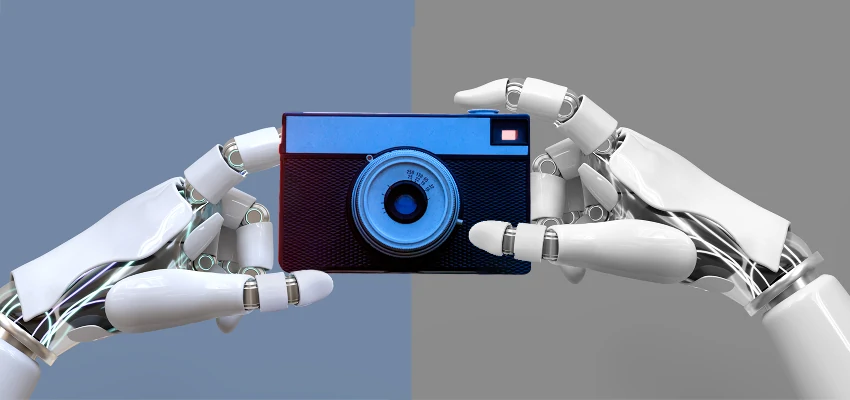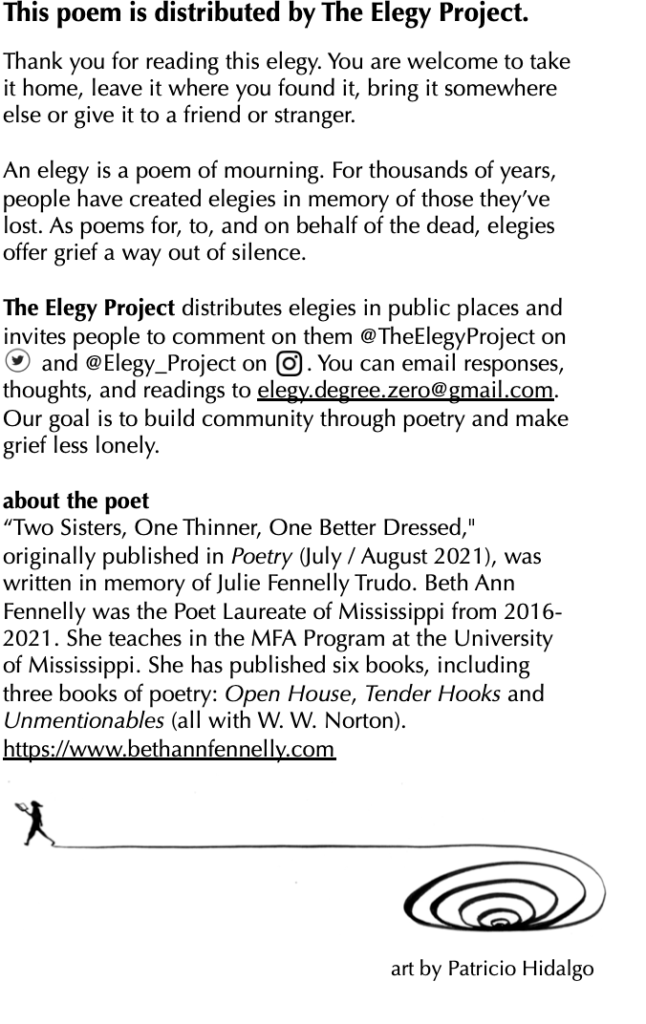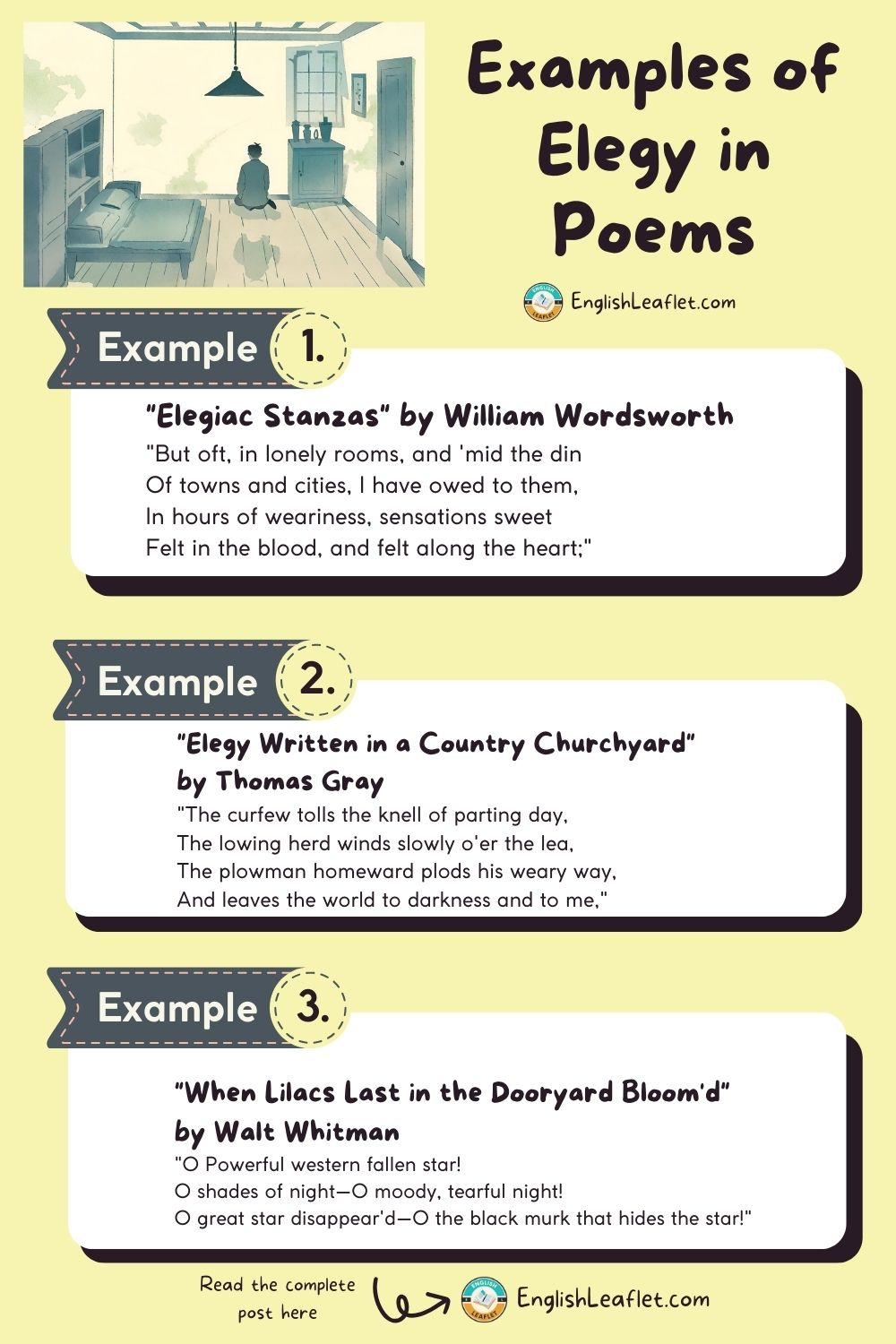
AI and Photojournalism: Preserving Visual History
admin
- 0
AI and photojournalism are rapidly intertwining, bringing both opportunities and challenges to a field that has long been trusted to document truth. As the impact of AI on photography continues to evolve, it raises pressing questions about how technology can enhance visual storytelling while preserving the integrity of the craft. With advancements enabling new techniques in AI and image archives, photojournalists have the chance to safeguard their valuable legacies in a time when misinformation is rampant. However, this relationship is complex, as the challenges of AI in photography, such as copyright issues and trust erosion, loom large. Striking a balance between leveraging AI’s benefits while maintaining the core values of photojournalism, including truth and authorship, is paramount for the future of this essential art form.
The intersection of artificial intelligence and visual reporting is fostering a transformative era for the field of journalism. As technology continues to influence how stories are captured and shared, many are exploring the ramifications it has on documenting reality and curating multimedia archives. While the potential for AI in visual storytelling seems promising, significant hurdles remain in ensuring accuracy and authenticity. The ongoing debate over the challenges posed by AI in photography must also consider the ways it can aid professionals in preserving their body of work. Thus, understanding the nuances of this technological progression is vital for ensuring that photographic journalism remains a trusted and revered part of our cultural narrative.
The Transformative Role of AI in Photography
Artificial Intelligence (AI) is revolutionizing the world of photography by reshaping how images are created and interpreted. From generative models that can create photorealistic images to algorithms capable of categorizing and tagging vast archives of photographs, the technology is becoming instrumental in managing the visual narrative of our times. However, this transformation is not without its challenges; as AI continues to evolve, traditional photojournalists grapple with fears that their craft may be eroded by technology. The impact of AI on image integrity raises critical questions about authenticity and ownership, especially when photographs capture moments of profound historical significance.
While AI poses some risks, it also presents exciting opportunities for innovation within the field of photography. By automating the organization and categorization of image archives, AI systems can help ensure that previously unseen photographs see the light of day. This means that significant events, cultural shifts, and everyday humanity captured in these images can be preserved for future generations. Not only does this help maintain a visual record of history, but it can also enhance the storytelling capabilities of photojournalists, allowing them to weave intricate narratives that reflect the complexity of human experiences.
Challenges of AI in Photojournalism
One of the main challenges in integrating AI into photojournalism is preserving the ethical principles that govern the practice. When AI systems are trained on vast data sets of images, there’s a real risk that the original photographers’ rights to their work may be overlooked, raising serious issues regarding copyright and ownership. For photojournalists, ensuring that their images are used respectfully and ethically is as important as the act of capturing those images in the first place. This tension highlights the need for clear guidelines on how AI can be utilized in a way that protects original content creators.
Another significant issue is the potential erosion of public trust in photography. In an era where deepfakes and manipulated images proliferate, audiences may become increasingly skeptical of photographic evidence. As AI has the capability to generate hyper-real visuals that could mislead or misinform, photojournalists face the daunting task of maintaining the integrity of their work while adapting to a landscape that can blur the lines between reality and fabrication. This dynamic emphasizes the necessity for photojournalists to leverage AI carefully, focusing on enhancing authenticity rather than substituting it.
Preserving Photojournalism with AI Technology
In the context of preserving photojournalism, AI can play a pivotal role in maintaining and enhancing photographic archives. As Kira Pollack emphasized, archives should not be seen as static collections but as dynamic entities that tell the stories of our times. By employing AI technology to catalog and contextualize vast collections of images, photojournalists can ensure that the emotional depth, narrative, and intent behind their work are celebrated and accessible. This technological advancement could help revitalize interest in previously overlooked images, giving them new life within modern media frameworks.
Moreover, AI’s analytical capabilities can aid in illuminating the historical significance of archival photographs. By evaluating the content of these images, AI can help identify themes, cross-references, and trends that may not be immediately apparent. This kind of insight empowers photojournalists and historians alike to narrate richer, more informed stories about societal changes and historical events. AI becomes a tool for enhancing visual storytelling, enriching the public’s understanding of complex narratives contained within our photographic history.
The Ethical Use of AI in Visual Storytelling
As AI continues to impact visual storytelling, the ethical implications of its use must be a priority for photographers and technologists alike. It is essential to engage in discussions around how AI can be harnessed to not only facilitate image creation but also uphold the core values of photography — truth, authorship, and memory. Photographers should be experts in understanding the tools available to them and choose those that align with ethical practices, ensuring they maintain ownership over their intellectual property. Ethical AI use is crucial for preventing exploitation and preserving the integrity of the craft.
Additionally, creating a framework for ethical AI use in visual storytelling is critical for future generations. A collaborative approach between photojournalists, AI developers, and policymakers can foster an environment where technology augments human expression rather than undermining it. By establishing guidelines for AI deployment in photography, including permission protocols and transparency about AI-generated content, the industry can embrace innovation while protecting the foundational elements that define authentic photojournalism.
Innovations in AI for Image Cataloging
AI-driven innovations are transforming how image archives are cataloged, allowing photojournalists to manage their collections more efficiently. By implementing machine learning algorithms, photographers can automate the painstaking process of tagging and organizing thousands of images. This not only saves time but also enables easy access to specific images based on themes, events, or emotions captured within the photographs. Such innovations lead to a more organized archive that can better serve the needs of researchers, journalists, and the general public.
Furthermore, AI’s capability to produce intelligent suggestions based on previous behaviors or searches can enhance the way photojournalists discover and utilize their own work. For instance, when exploring an image archive, AI can recommend related photos that align with a current project or interest, deeper enriching the narrative being crafted. This functionality ultimately encourages more ethic-aware usage of imagery, supporting a comprehensive understanding of historical contexts and contributions to visual storytelling.
AI’s Potential to Enhance Storytelling
The integration of AI in photojournalism can significantly enhance storytelling by uncovering deeper narratives within existing visual materials. By analyzing images for patterns and emotions, AI can help storytellers convey the underlying themes of a series of photographs, providing context that may not be immediately evident. This prompts photojournalists to think critically about the stories they want to tell and how to best utilize AI tools to evoke emotional responses from their audience.
Additionally, AI’s ability to assist in curating image collections allows for the presentation of a cohesive narrative across different platforms. For example, a photojournalist could use AI tools to compile a multimedia story that links photographs with audio testimonies or written accounts, creating a richer, more engaging experience for the viewer. By bridging technology and visual artistry, AI expands the capabilities of storytelling, making it more immersive and impactful.
Navigating the Future of Photojournalism amidst AI Advances
As AI continues to evolve, navigating the future of photojournalism requires a combination of cautious optimism and proactive strategies. Photojournalists must become adept at leveraging AI tools while being vigilant about the ethical dilemmas they present. Continued education on the technological advancements and their implications will equip photographers to adapt their practices accordingly, ensuring they remain relevant while also fulfilling the public’s need for truthful visual narratives.
The dialogue within the photojournalism community surrounding AI must remain open and progressive. Engaging with technologists, ethicists, and scholars can create a multifaceted understanding of how to position photography in the rapidly changing digital landscape. By addressing the potential for both disruption and collaboration with AI, the photojournalism industry can craft a future that not only preserves its rich history but also embraces innovation in visual storytelling.
Engaging the Community: AI and Photojournalism
To effectively integrate AI into photojournalism, it’s essential to engage the broader community of photographers and visual storytellers. Forums, workshops, and discussions that center on the ethical use of AI can provide valuable platforms for sharing experiences and concerns. By coming together to explore the potential benefits and challenges of AI, photographers can foster an environment of collaboration and support, learning from each other’s insights and adapting their practices accordingly.
Additionally, involving diverse voices in the conversation about AI and photojournalism encourages a more comprehensive understanding of the technology’s impact. Photographers from different backgrounds, styles, and regions can contribute unique perspectives that enrich the dialogue about best practices in using AI tools. This collective engagement will be crucial for shaping a future where AI complements the artistry and authenticity of photography, helping to craft compelling stories across cultures and communities.
Balancing AI Integration with Artistic Integrity
As photojournalists look to integrate AI into their practices, striking a balance between technological innovation and artistic integrity is vital. While AI can enhance the creative process by providing new ways to visualize stories and manage images, photographers must remain steadfast in their commitment to authentic storytelling. The essence of photojournalism is deeply rooted in the human experience, and preserving that connection will be crucial as AI tools become more prevalent.
Artistic integrity is not just about the images captured; it also encompasses the values behind their creation and distribution. By choosing to implement AI in meaningful ways that enhance their narratives while respecting ethical standards, photojournalists can ensure that their craft evolves without losing its core principles. Ultimately, this balance will be key to maintaining the trust of their audience while embracing the opportunities that AI offers.
Frequently Asked Questions
What is the impact of AI on photography within photojournalism?
The impact of AI on photography in photojournalism is profound. AI introduces both opportunities and challenges, causing concerns about misinformation and copyright issues while also providing tools to help preserve archives and enhance storytelling. By harnessing AI, photojournalists can organize vast collections of images, making them more accessible for future generations.
How can AI enhance visual storytelling in photojournalism?
AI can enhance visual storytelling in photojournalism by automating the organization of images, aiding in the identification of critical contextual elements, and providing insights into the emotional narratives within photos. This allows photojournalists to focus on creating compelling stories while AI handles the technical aspects of image management.
In what ways can AI help preserve photojournalism?
AI can help preserve photojournalism by cataloging and archiving vast collections of images, ensuring that important historical photographs are not lost to time. By using AI tools, photojournalists can digitize, organize, and retrieve images more effectively, thus maintaining a vital visual history for future reference and study.
What challenges do photojournalists face with AI in image archives?
Photojournalists face several challenges with AI in image archives, including concerns over copyright infringement, unauthorized use of their work, and the risk of losing the essence of authentic photography as AI-generated images become more prevalent. Addressing these challenges requires a balance between leveraging AI’s capabilities and protecting the integrity of photojournalistic work.
How does AI affect the authenticity of war photos in photojournalism?
AI affects the authenticity of war photos by raising concerns over trust and the potential for manipulated images to spread misinformation. However, AI also offers tools for vital analysis of existing war photography, allowing for deeper insights into context and emotion while reinforcing the legacy of truthful representation in photojournalism.
What role does AI play in combating misinformation in photojournalism?
AI plays a critical role in combating misinformation in photojournalism by aiding in the verification of images, identifying sources, and providing context for visual narratives. As the landscape of photojournalism evolves, utilizing AI responsibly can help uphold the truth and prevent the circulation of fabricated content.
Can AI be ethically used in the context of photojournalism’s legacy and archives?
Yes, AI can be used ethically within the context of photojournalism’s legacy and archives by ensuring that it supports the original intent of the photographers. By employing AI tools to manage and curate image archives responsibly, photojournalists can safeguard their work while making it accessible to audiences without compromising their rights.
What future challenges may arise from AI’s integration into photojournalism?
Future challenges from AI’s integration into photojournalism may include the continued erosion of public trust in visual media, potential copyright issues, and the risk of diluting the authenticity of photographic work. Additionally, there is a need for frameworks that govern AI use to ensure that it enhances rather than undermines the practice of photojournalism.
How can photojournalists leverage AI to improve their craft?
Photojournalists can leverage AI to improve their craft by using it for efficient image sorting, tag generation, and deeper analysis of photographic content. This gives them more time to focus on storytelling and creativity, ultimately enriching the quality and impact of their work.
What does the future hold for AI and photojournalism?
The future of AI and photojournalism holds promise for transformation through enhanced storytelling, better archival management, and improved tools for verification and analysis. While challenges regarding trust and authenticity remain, a balanced approach to AI integration could lead to a more dynamic and enriched field.
| Key Points |
|---|
| AI as both a threat and an opportunity for photojournalism, impacting copyright and misinformation. |
| Kira Pollack is investigating how AI can help preserve photojournalism archives and maintain visual history. |
| Pollack emphasizing the need for understanding and harnessing AI ethically in photography. |
| Encompasses case studies with real images evaluating AI’s effectiveness in analyzing conflict photography. |
| Aims to unlock photojournalism archives to preserve truth, authorship, and memory while countering misrepresentation. |
Summary
AI and photojournalism is at a crucial juncture, where the challenges posed by artificial intelligence can potentially transform the field for the better. Kira Pollack’s work highlights the importance of leveraging AI not merely as a tool for generating images but as a means for preserving the rich visual history encapsulated in photojournalistic archives. By exploring the intersection of technology and ethical practices, Pollack aims to ensure that the core values of truth, authorship, and memory in photography are not only maintained but enhanced for future generations.

